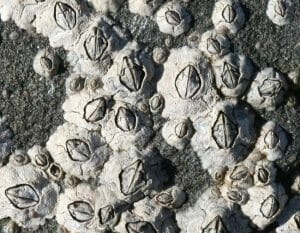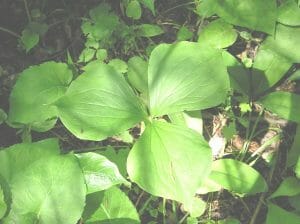Sessile Definition
Biologically speaking, an organism that is sessile (as opposed to motile) lacks the ability of self-locomotion and is predominantly immobile.
In zoology, sessility applies to those animals which are attached to a substrate. Most often these are marine animals, such as mussels, although parasites such as the cochineal insect assume a fixed life cycle upon their plant hosts.
Sessile organisms benefit from lower energy expenditure than motile creatures and can thus subsist on relatively low amounts of food, as they have a low metabolic rate. Nonetheless, sessile organisms need to catch their food and respond to stimuli from any angle. For this reason, they often display radial symmetry as a body plan.
Typically, sessile organisms can move by using alternative methods such as water currents or wind and they often have a motile phase in their life cycle. Some marine animals, such as jellyfish, have a sessile larval stage as a polyp, leading to a motile stage as they reach maturity. Conversely, organisms such as barnacles have a motile, pelagic larval stage and become sessile in their adult life.
The image above shows barnacles, which have a motile larval stage and a sessile adult stage.
Sessile organisms may grow on a substrate such as a rock or tree trunk, or, in organisms such as corals, they may lay down their own surface from which to grow; the substrate created by corals makes up the solid structure of coral reefs.
Many sessile organisms display ‘clumping’ behavior, in which the individuals group or grow close to one another. This is beneficial because reproduction is made easier due to the close proximity of mates, as well as providing better protection from predators. Alternatively, organisms may protect themselves chemically, through the use of toxic thorns or cnidocytes.
In botany, sessility applies to plants which are characterized by a lack of petiole (the stalk which attaches the leaf to the stem). In this case, the flowers or the leaves grow directly from the stem or peduncle.
The image above shows Trillium cernuum. This plant has sessile leaves, which grow directly from the stem.
Similarly, in anatomy, a sessile structure such as a cyst or a polyp lacks a stalk or peduncle.
Related Biology Terms
- Motile – Referring to the ability of organisms which are capable of independent locomotion.
- Inflorescence – The arrangement of the flowering head of a plant.
Quiz
1. For a barnacle, a benefit of sessility is:
A. Lower requirement for nutritional intake
B. Sessile organisms are less vulnerable to predators than motile organisms
C. Sessile organisms have better access to food
2. Sessility in plants refers to:
A. Plants which do not turn toward the sun
B. Plants without a stalk attaching the leaves or flowers to the stem
C. Plants that not have a stem


